Where To Eat If You Only Have One Night In Sarlat
While food beats at the heart of the Perigord in South West France, no where are culinary delights more important than in Sarlat – we’re talking about a town who decided to turn one of their two churches into an indoor food market! Famed for their Saturday food market (I wrote about it here in 2016, and I’ve got a more practical post about planning your visit coming up), my biggest recommendation to get the most out of it is to stay in town the night before. This leaves you with a Friday night in Sarlat to seek out dinner, so today I’m choosing two great spots to choose from (in case one is fully booked!) for dinner where you’ll find both exceptional food and the very best of local, traditional (read: duck heavy!) dishes.
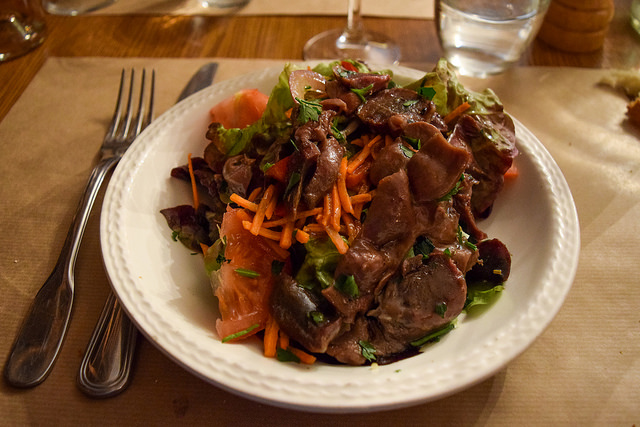
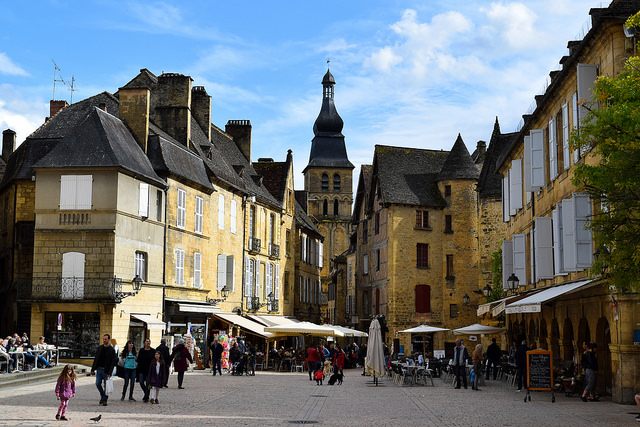
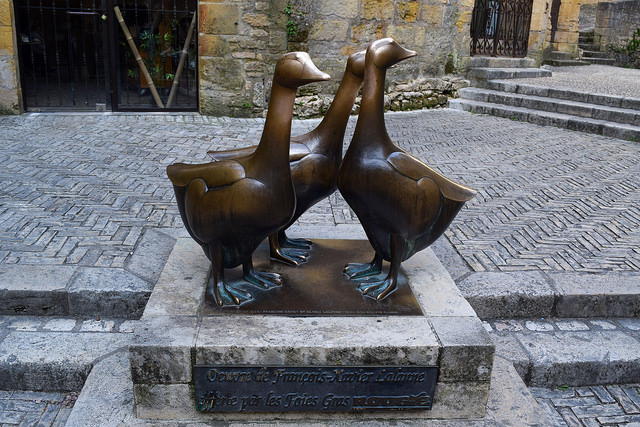
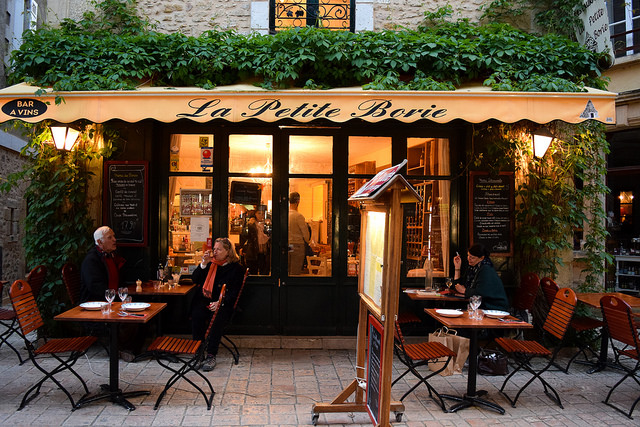
Down one of the back streets near the very edge of the old town (helpfully hemmed in by a ring road – it is the area inside this road with all the best places to eat and which becomes fully pedestrianised for the Saturday market) you’ll find La Petite Borie on Rue Tourny (Google Map it here), named for the traditional agricultural building with the conical head down by the church, and Sarlat’s oldest restaurant. This place is an absolute gem, rammed with tables that fill up with locals, rather than tourists every night and whose menu reads as a checklist of the dishes you simply must eat in the Dordogne. Everything is delicious, too!
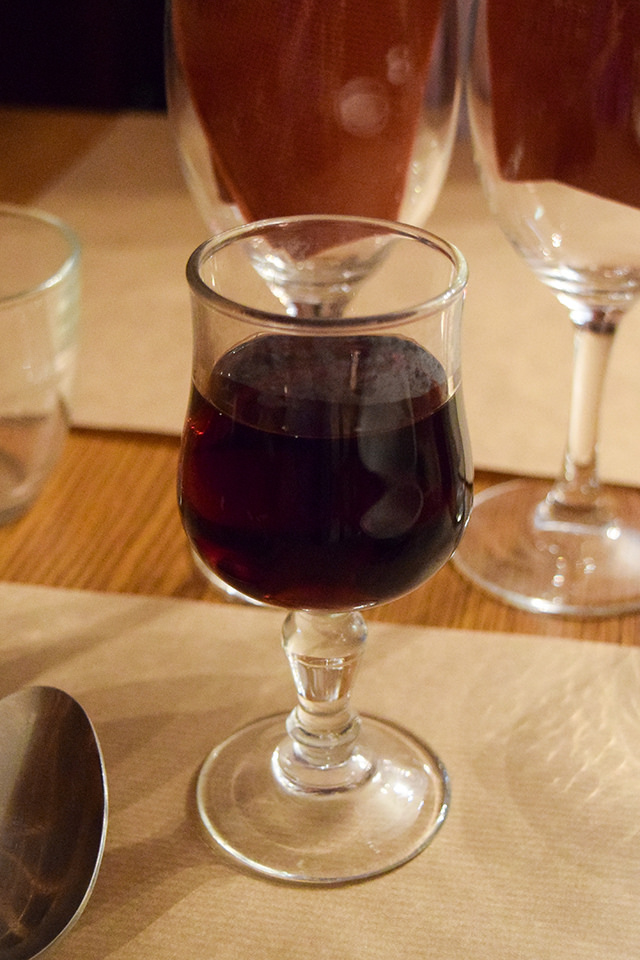
In my post on Food Producers of the Dordogne Valley I talk a little about the production of walnut wine and liquors made at the Denoix distillery in Brive (which is well worth the visit if you’re visiting the town!) Walnuts are one of the main crops in the Dordogne Valley (that post also includes a visit to a walnut farm where they press their own walnut oil) and as well as finding them in all sorts of salads and sweets the classic aperitif before a meal in Sarlat is a glass of walnut wine. Some people are not keen, but I absolutely love the deep, velvety yet still refreshing taste. Order a glass and see what you think.
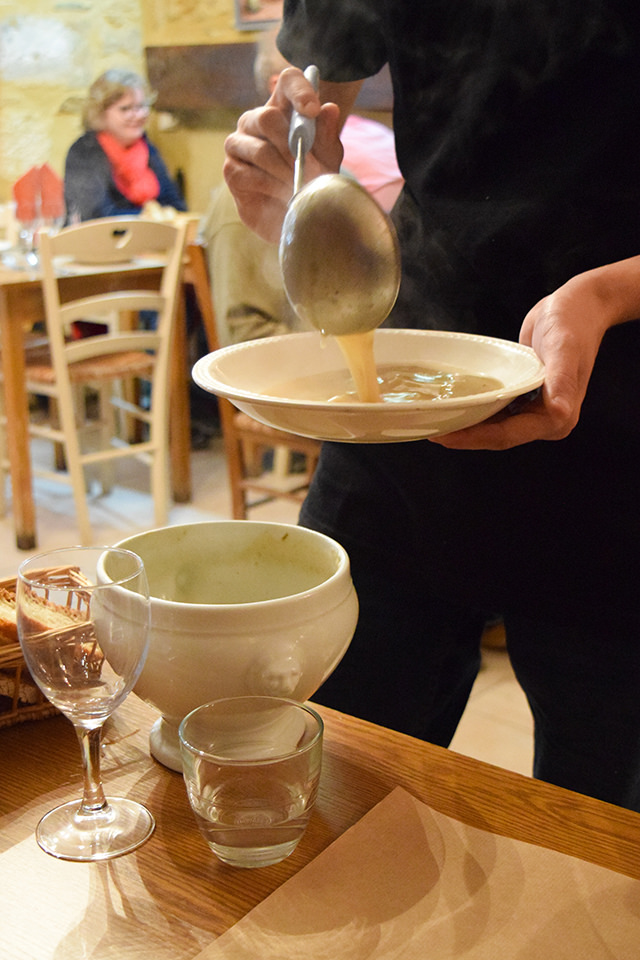
Two of us ordered from the set menu (my biggest tip for the best tasting and best value meals all over France is to go for the plat du jour and set menus wherever you go – while it is no longer true that there is no bad food eating out in France, if you choose the restaurant well you still can’t really go wrong sticking to this) so we were able to partake of the complimentary amuse bouche; a bowl full of the local garlic soup (Tourin du Perigord), brought to the table and poured out for us from a steaming tureen. Garlic soup may sound harsh and scary, but made from a base of chicken stock and onions, it is mellow and comforting, flavourful without being too much; something that opens your tastebuds up for the main even without overwhelming them.
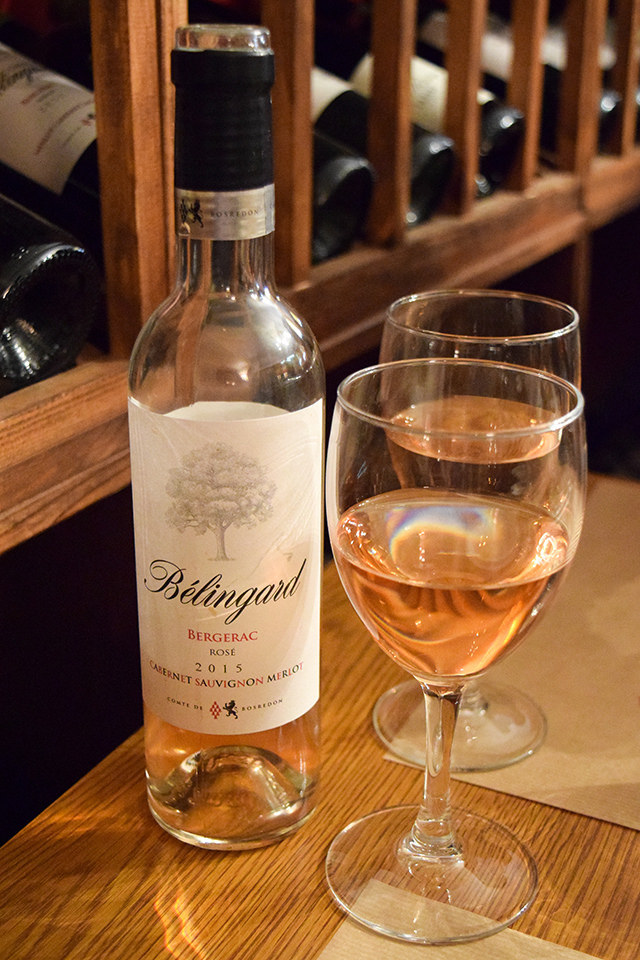
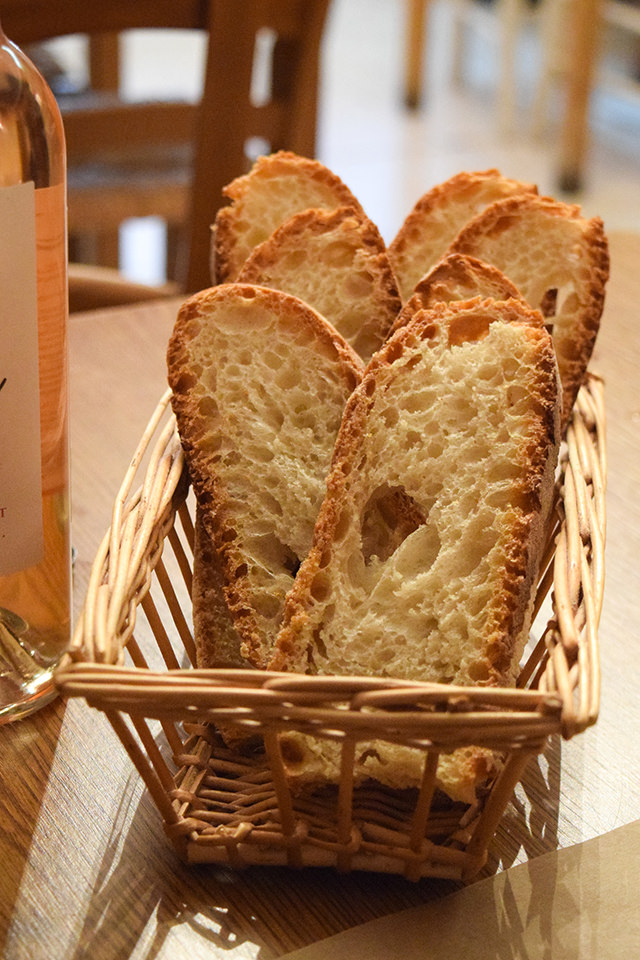
Along with a basket of ubiquitous French bread with our meal, we shared a 2/3 bottle of Bergerac (I love that we could get these smaller bottles in most restaurants throughout the Dordogne Valley, great to always be able to have wine and aperitifs without drinking too much every evening!) which was delicious. My first trip to the Dordogne a couple of years ago really won me over to the crisp drinkability of Bergerac, which is the closest proper wine region to the Dordogne, so makes up the house wine everywhere. If you have time before dinner, head to the main square (pictured above) and settle outside basically any of the cafes and restaurants (except for the American burger joint!) and order a glass of house wine for only about 3€ or 4€, and you’ll wish you could get wine like that at prices like that back home!

The only person at the table who ordered a starter (with my job, I’m much better at eating masses of food at once while still enjoying it immensely when the situation – like a restaurant I may never visit again – calls!) and I had what I would say is one of two of the most traditional salads in the Dordogne (the other is local Rocamadour cheese and walnut!); goose gizzards and raspberry vinaigrette. Okay, I know it does not sound delicious, but look at that photo. I promise you it is really, really good. I brought cans of gizzards back with me just to recreate this (just don’t tell my boyfriend, I told him all the cans he helpfully carried on the train back from Kent for me were duck confit!) – most of the shops in Sarlat are dedicated to gastronomy, and decent canned gizzards, duck confit and cassoulet are actually pretty easy to come by. They’re bold, meaty and oozing with flavour, nothing like things like liver, marrow and brains (though I also love all three) and absolutely recommended. Don’t tell someone what they’re getting and they’ll enjoy juicy, gutsy goose salad.
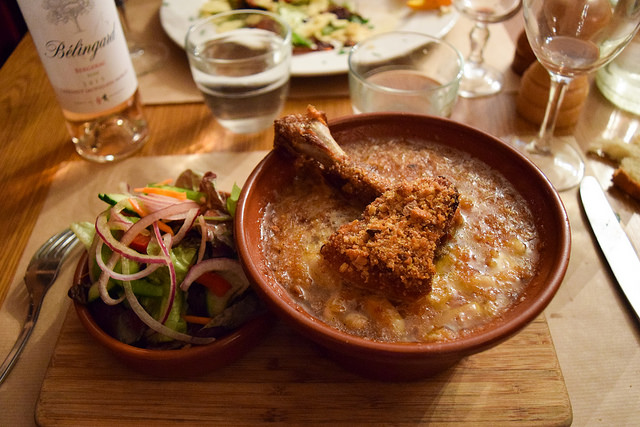
Another traditional dish of the Perigord/ Dordogne region which is a bit harder to find in restaurants (though it is more common in winter) is a dish I’ve read so much about as one of those ‘known dishes’ of French gastronomy, but had never tried: cassoulet. A rich, fatty, flavourful broth of white beans and smoked pork pieces with a leg of duck confit sprinkled with breadcrumbs made from a stale loaf sprinkled on top, it is the ultimate comfort dish. With the duck fat if you let it go cold the whole thing will set solid for storing, and if you order this accept three things a) any diet or healthy eating kick you may be on is officially over, b) you won’t finish it, and c) if you’re into comfort food, this will be one of the best things you’ve ever tasted. If you’re in Sarlat on a freezing cold day, this will really set the world to rights. The duck confit is rich and just falls off the bone; the pork pieces really back a punch with concentrated flavour and will probably be some of the most tender pieces of meat you ever try. The beans will be plump, tender and will have absorbed all the delicious cooking juices, the the broth will basically be a hug in a bowl. I’ll never be ordering it again, it was simply just too much, but it is a food experience you need at least once in your life.
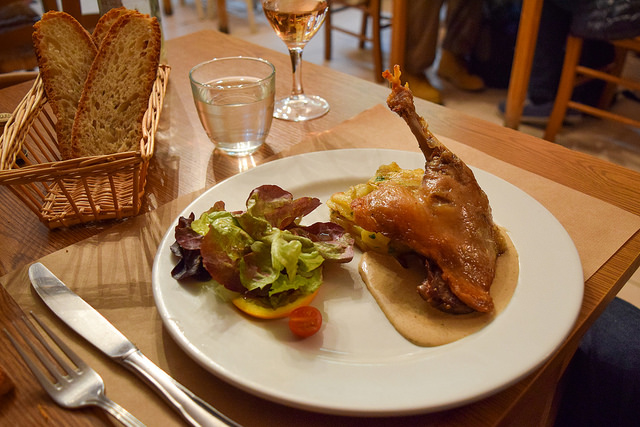
My Dad ordered the dish you can easily order for lunch and dinner in the Dordogne because it is so ubiquitous on set menus and plat du jour; duck confit. It is usually served with some sort of mushrooms (usually cooked in duck or goose fat until they’re tender and slightly crisp) and some kind of sauce (flavoured with local cepe mushrooms if you’re lucky) and while a little rich, it is totally delicious and what I’d call the hero dish of the region. Enjoy the crispy skin, and the impossibly tender meat underneath.
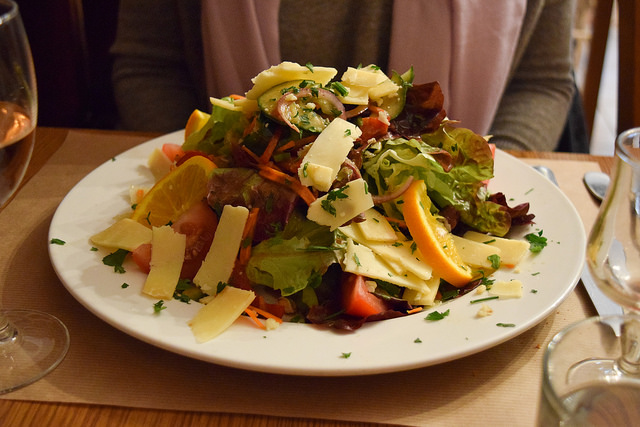
My mother tends to be a lighter eater so ordered a salad. A salad that arrived and was literally bigger than her head. As I mentioned, local cheese, walnuts (her salad had a walnut vinaigrette) and goose gizzards are popular local toppings, but to be honest you could order any main meal salad in Sarlat and be both delighted and satisfied. The French just take so much care over their salads, thinking of everything from different textures and being sure to pair it with the right dressing. What with the beautiful, blood tinged, buttery lettuces I only seem to be able to find in France, this is one town where ordering the salad is not a cop-out.
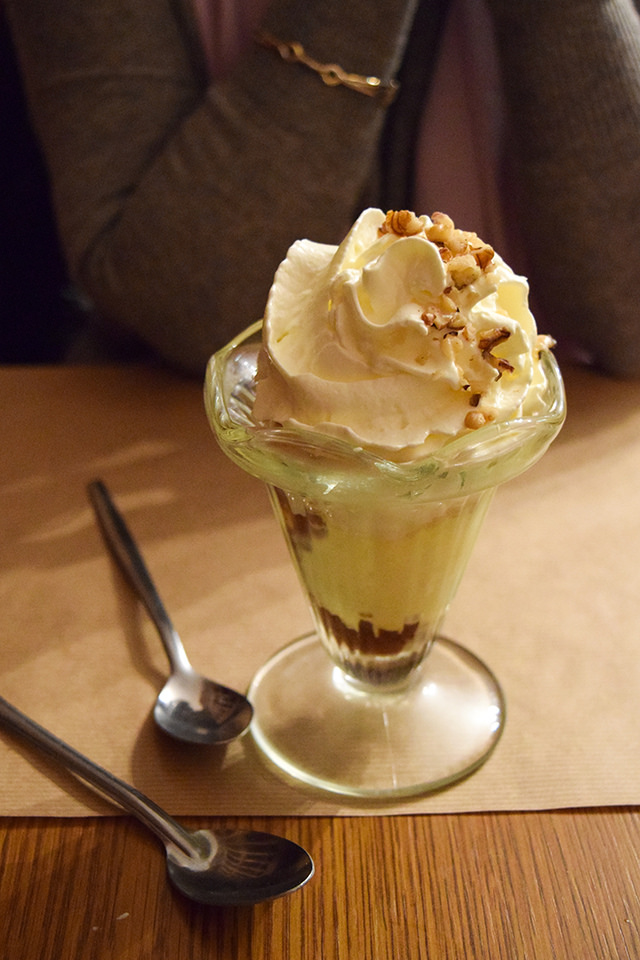
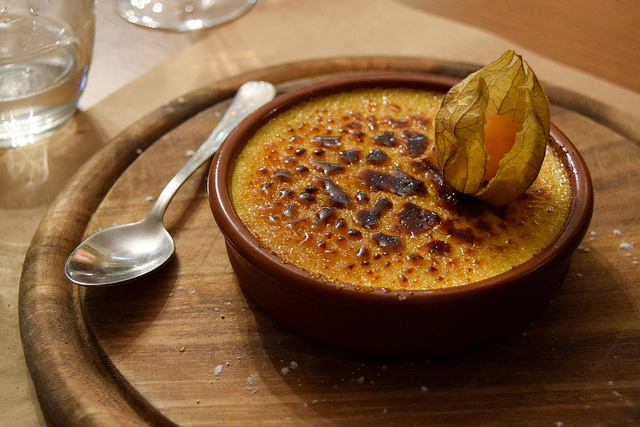
We went down a traditional route with dessert. My mother and I shared the ice cream sundae you’ll find (and order again and again) in most restaurants; local walnut ice cream (so, so delicious, I gave some tips on where to find it in a cone/ by the scoop here), chopped walnuts, walnut wine and chantilly cream. Rich, creamy, and very more-ish, this is a regional dessert showcasing regional ingredients at their best. My dad had the creme brûlée, which is an excellent shout anywhere in France. They do them so much better than we do!
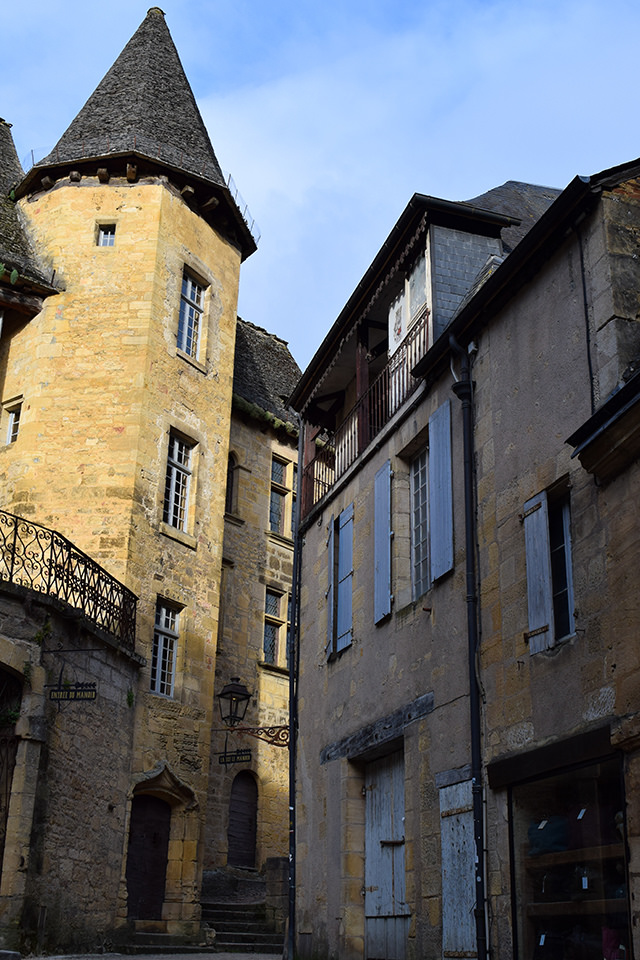
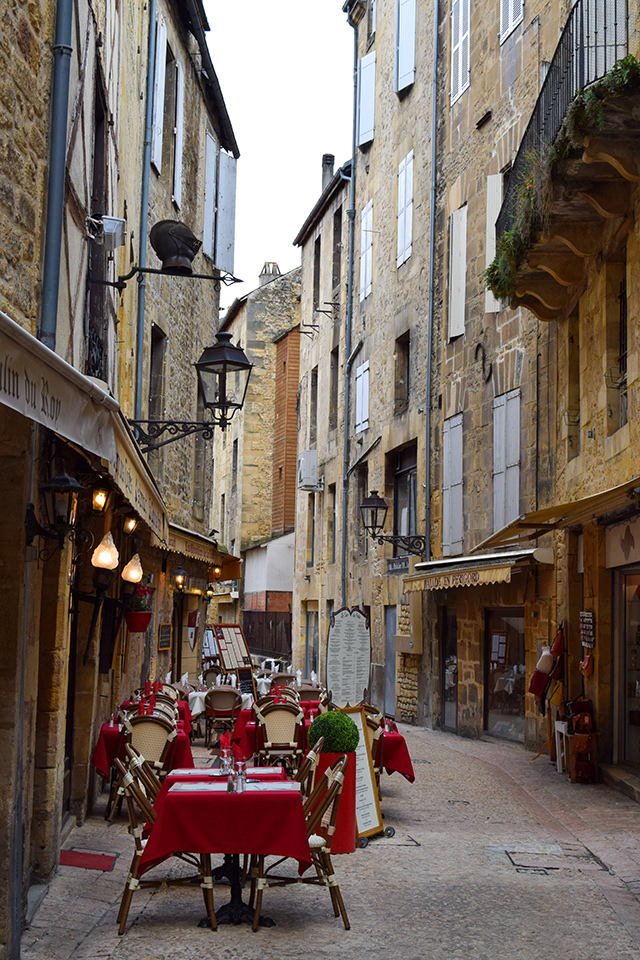
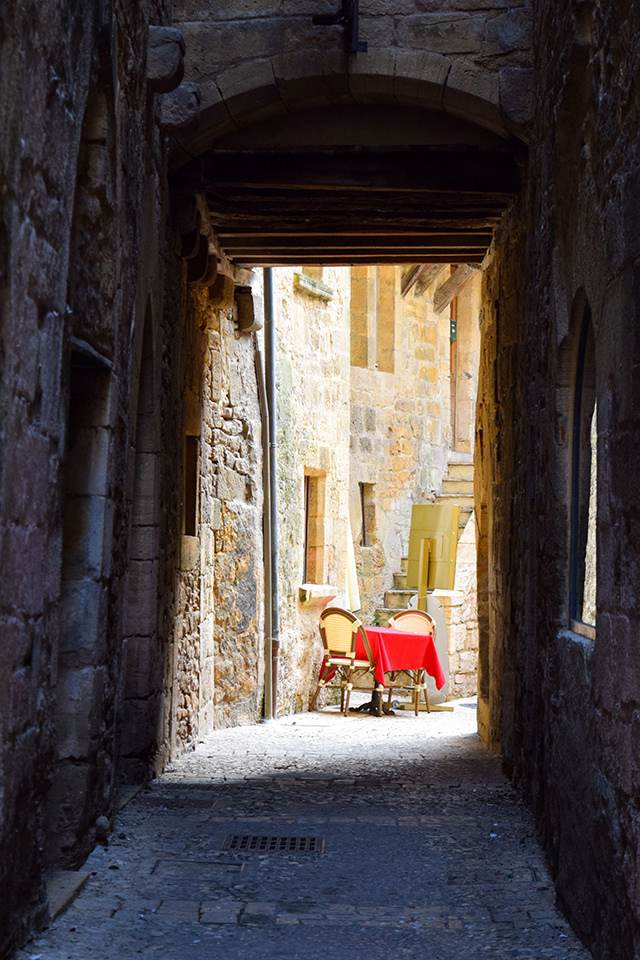
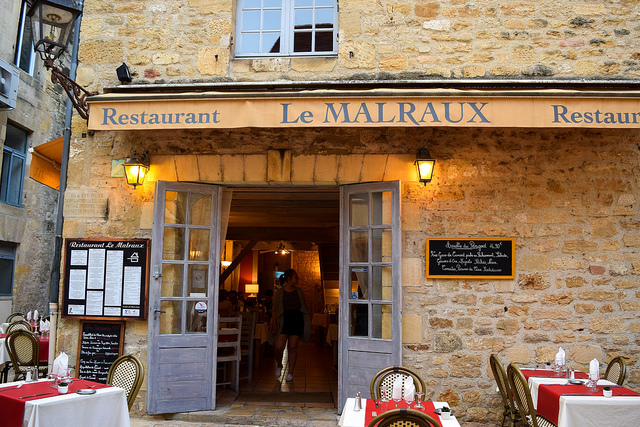
The second spot I have for you, which serves much the same food but in a brighter, breezier setting is in the middle of the old town (17 rue Alberic Cahuet, Google Map it here – don’t worry, the map entry seems top have another name on it but it is the right place!): Le Malraux. Head here first in the summer to try and get a table outside to watch the world go by with your dinner and soak up the last of the evening sunshine.
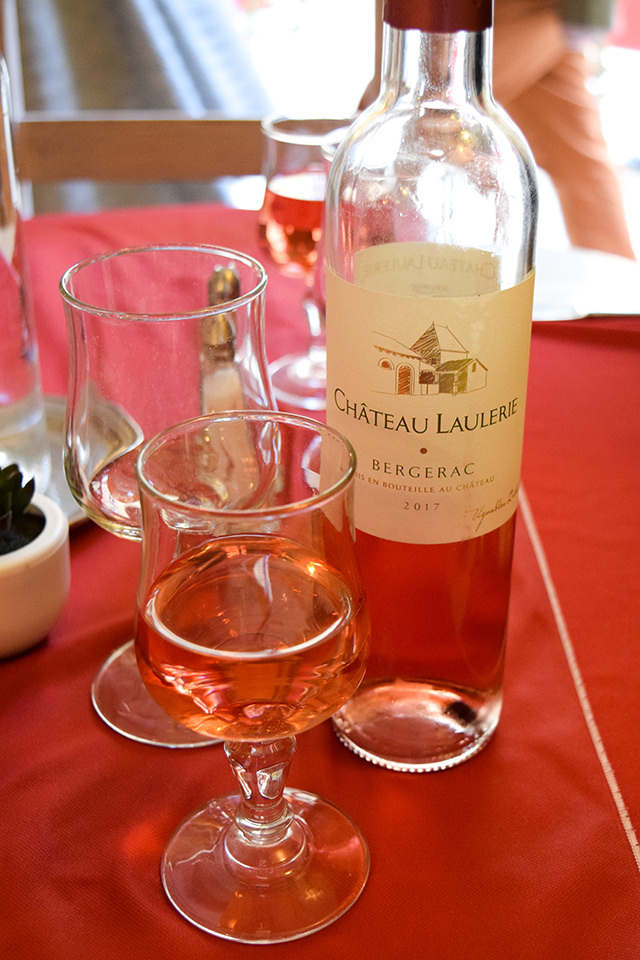
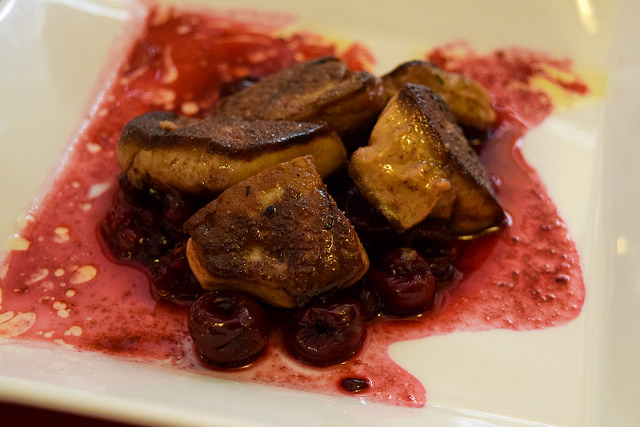
Along with more Bergerac in a smaller bottle, I was the only person to order a local starter, so it is what I recorded (though my dad seemed to thoroughly enjoy his prawns driven in from the far off coast cooked in garlic butter!) I’m not here to have an argument about the ethics of foie gras, I’m just going to note that for everyone it is a personal trade off between animal welfare and supporting small French farmers and producers, and what has been their way of life and the local culture for centuries. I love foie gras and it is one of my favourite foods; if you’re going to eat it in the Dordogne where it is local, famous, revered and celebrated, there are two different treatments you need to try. At Chateau de la Treyne I had foie gras that had been cooked so that it was almost pate-like. Incredibly rich and luxurious, this is the most common way to find it served outside France, but it is not my favourite. I prefer it pan seared, so the outside is crisp and the inside is luxurious and melty; like bone marrow, but ten times better is the way I’d describe it to someone who had never tried it before. It literally melts onto your fork; in the Perigord you usually find it served with some sort of soft berry compote and a touch of vinegar, but there is a place in Brittany where I like to order it served with a simple, traditional vinaigrette dressed salad. If you want to try foie gras, be sure to try it both ways to see which you prefer; they are both very different!
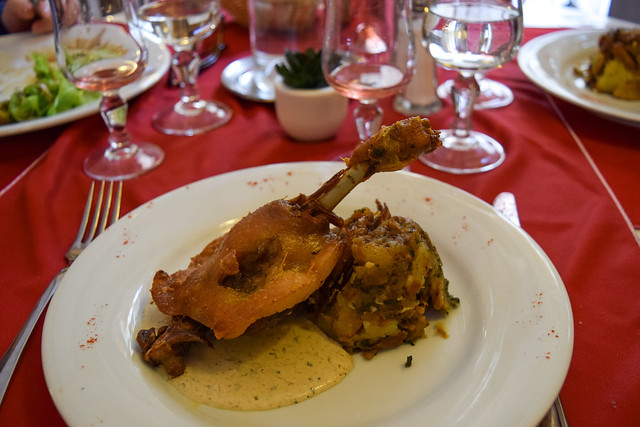
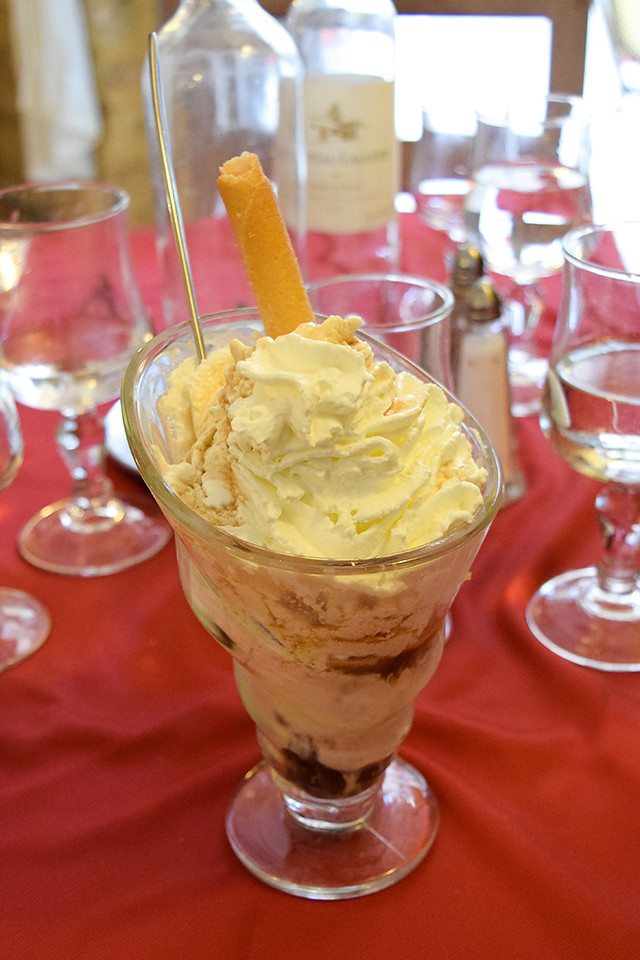
To follow that, I went again for some local favourites; a fantastic piece of duck confit (actually and strangely, my only one of the trip as I’d been indulging in cepe mushroom omelettes – something else you must try in the region, the main dish I’d push vegetarians towards in this meat-heavy region – Rocamadour and walnut salads, and foie gras in every form) with the traditional potatoes and cepe cream sauce, and another walnut ice cream sundae. Roll off to bed, and get excited for the market in the morning!
I’ve still got a load of photos to show you from Sarlat market before we leave South West France, but don’t worry, I’m already planning another French adventure for next year! For now, a few more posts with which you can explore the region, both from my most recent trip and from 2016: Arriving, Eating and Exploring in the Dordogne Valley, How To Spend A Day in The Lot: South West France, Another Fantastic Stay at Manoir de Malagorse, Cuzance, Towns and Villages of the Dordogne Valley, Lunch by the Dordogne River at Chateau de la Treyne, The Best Way To Visit the UNESCO World Heritage Site of Rocamadour.

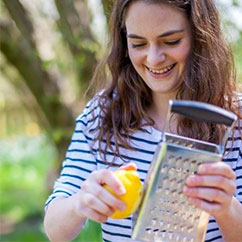
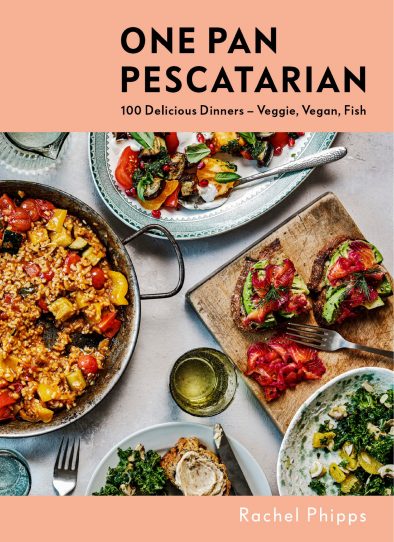
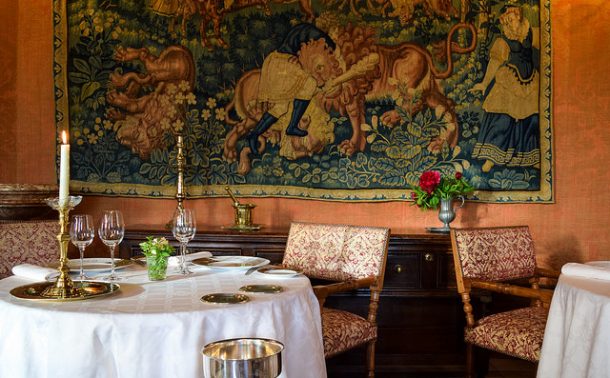
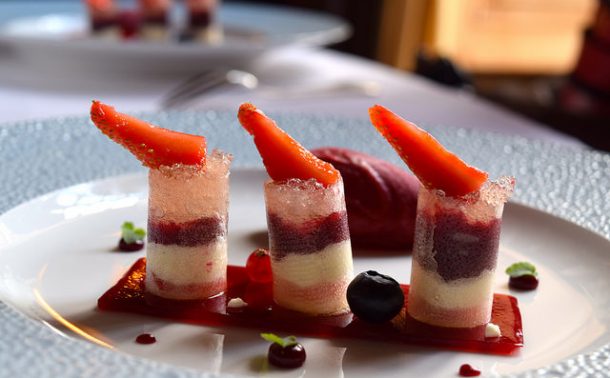
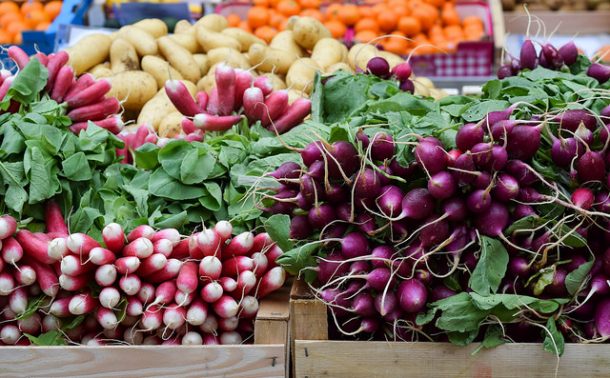
Discussion